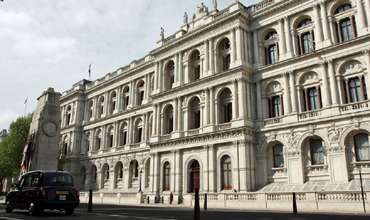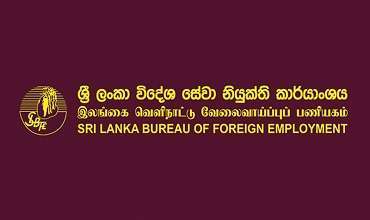Sri Lanka has made encouraging progress in reducing poverty to below 7 per cent of the population, but pockets of severe poverty remain, the World Bank said on Tuesday.
“Future prosperity will depend on addressing chronic revenue shortfalls and fostering a more competitive and inclusive economy,” said the bank in new research findings.
The Sri Lanka Poverty Assessment has found that the fall in poverty stems mostly from increasing labor incomes as the economy has shifted from less productive agriculture towards the industry and service sectors, more urbanization, and rising domestic demand.
In a statement, the World Bank said it carried out a Systematic Country Diagnostic (SCD) to identify the key constraints to sustaining progress in ending poverty and boosting shared prosperity. The SCD highlights that Sri Lanka has one of the lowest tax-to-GDP rates in the world, undercutting the government’s ability to invest in education, health, and other services. Meanwhile, generating growth and jobs are constrained by protectionist policies, low foreign direct investment, a deficit of skills needed for a middle income country, and an unduly large public sector. Addressing these issues will be critical for bringing all Sri Lankans out of poverty and ensuring a prosperous future shared by all.
Endorsing the findings of the research, Sri Lankan Prime Minister Ranil Wickremesinghe said at the launch of the report that, “A priority for us is the creation of more jobs that will minimize poverty and provide for prosperity for all Sri Lankans. Towards this, we need to enhance our capacity to successfully compete in global markets while creating the necessary space for investments to come in."
The research finds that while poverty has decreased, progress is uneven across location, gender, and ethnicity. Large numbers of the poor live within or close to urban areas, and there are considerably higher rates of poverty in the North and East, the estate sector, and Moneragala. Women’s participation in the labour market has remained low for a middle income country and static for decades. Coupled with social spending that is very low for a middle income country, inequality has increased. Many people are at risk of falling back into poverty as over 40 per cent of the population live on less than 225 rupees per person per day. (JJ)
You can share this post!
Content



The Colombo–Kandy main road at Pahala Kadugannawa has been closed indefinitely after a deadly rockfall in the area that left six people dead and four others injured.




Leave Comments